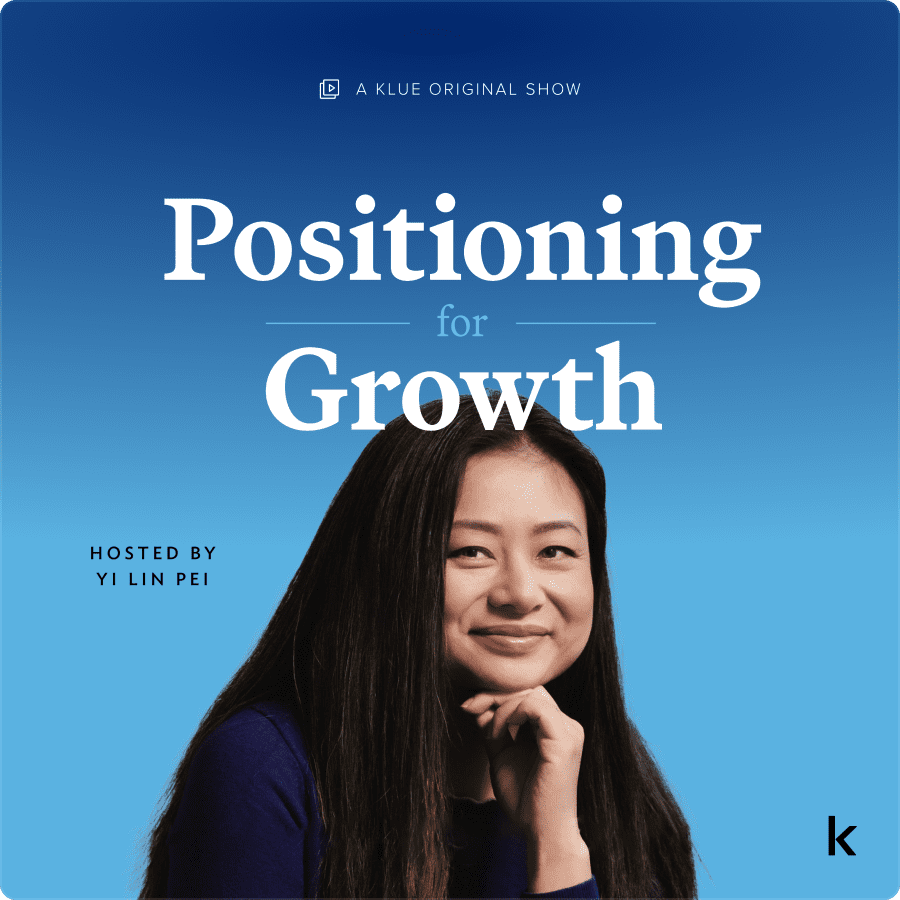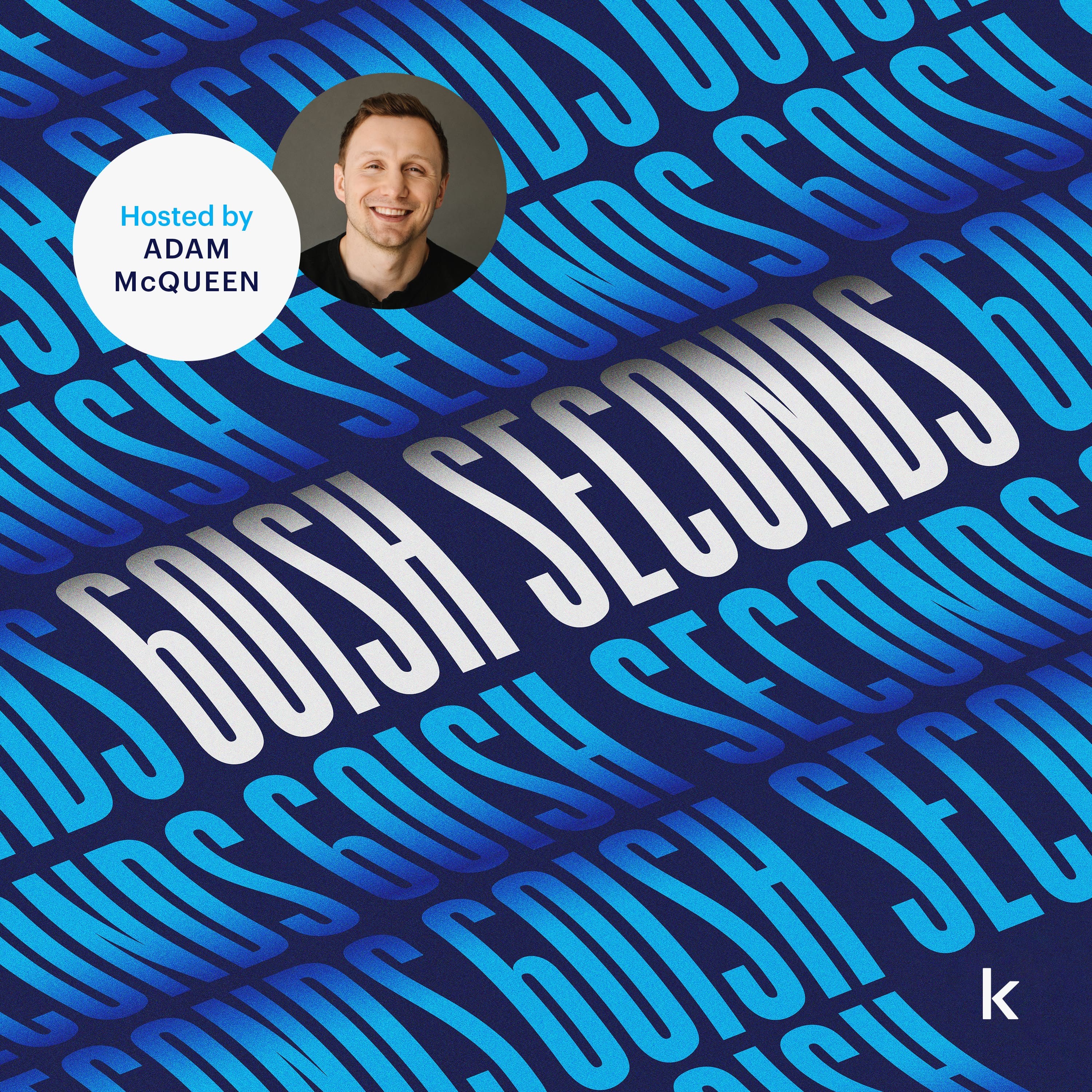Giving 5000 Sellers What They Need to Win | Ben Scheerer and Pete Codevilla, Red Hat
Listen to the episode on Spotify, Apple Podcasts, or wherever you get your podcasts
The Sparknotes
Use search analytics to identify what your reps AREN’T finding
“If you have a whole raft of searches that don’t get fulfilled on a competitor you don’t cover, that may be the next [chunk of competitive content] that’s that’s coming down the pike.”
Delivering the right competitive content sellers need, just in time. That’s the mantra for Red Hat’s competitive enablement duo Ben Scheerer and Pete Codevilla.
More specifically, Red Hat’s sellers are going to want to know one piece of information at the exact time they’re competing against that particular competitor. Ideally contained in one convenient competitive platform.
When you’re in the open-source tech world like Red Hat, routinely coming up against more than 50 tier-one competitors, it’s not always obvious which competitor to focus on.
That’s why Peter and Ben use a combination of quantitative data found in their competitive platform and qualitative survey data to figure how to prioritize competitors.
By analyzing sellers searches, Peter can see what information is most commonly accessed against which competitors.
But most importantly, it’s when Peter sees that a high volume of unfulfilled searches are coming up that helps him tailor his competitive content.
And for a higher-level view of seller confidence in Red Hat’s competitive program, Ben conducts regular sales confidence surveys.
The keys to running a successful survey for Ben:
- Keep it short (Ben keeps his to one minute)
- Keep it simple (Who do you see as your biggest competitive threat?)
This one-two punch of data allows Red Hat’s competitive program to producer some of the best competitive content — especially competitive battlecards — in the business.
Build competitive content with users top of mind
“You want to ensure that it’s the right content [with] the right layers and presented correctly so that users can consume and absorb it very efficiently.”
Red Hat’s suite of products is vast. Throw in the reality that they live in a highly competitive environment, selling a product that can be highly technical, and you can see how the challenge of creating concise content is great.
So how do Peter and Ben create the right content for sellers ranging from technical sellers targeting a technical persona to a sales generalist targeting a persona who doesn’t want to get in the weeds?
On top of survey, search and benchmarking data, Peter and Ben make it a priority to connect with a variety of cross-functional partners and business units.
“We try to be as inclusive as possible with the content with the people who want to contribute to the structure.
Avoiding the siloed, ivory tower approach to competitive ensures Red Hat’s competitive content matches the needs on the ground.
And what are two of the most essential, can’t live without, battlecards? Objection handling, and landmines.
Peter says these two are the most important for training and ramping up generalist sellers. And when you have more than five thousand sellers to ramp, getting the essentials right is, well, essential.
Make competitive enablement training part of the onboarding process
“We’ve actually build some enablement training into the first couple days [of onboarding] so they know where to go and find information.”
The global pandemic has made nearly every aspect of work-life at least a little more complicated (minus the commutes).
One of the most acute impacts of working remotely has been adding a barrier to getting peer-to-peer advice — especially while training.
Since Red Hat’s new hires can’t simply turn around and ask their co-worker a question, they use their competitive platform to fill the gaps in knowledge.
“It’s really giving folks a place to go and learn quickly, and a place to go back to.”
Having a platform has proved so valuable for training that Red Hat devotes time in their onboarding process to enablement. What it is. Where to look. How to look.
Of course, that’s not the only approach to sales training. Ben and Red Hat leverage role-playing.
Acting out real-life scenarios while encouraging sellers to think on their feet and be creative has been an effective training tool for Ben and Peter.
As always, the best approach is a combination of virtual reality and reality, qualitative and quantitative data.
NEWSLETTER

Competitive strategies in five minutes or less. Straight to your inbox.
The official newsletter of The Compete Network with the best compete content from Klue, our customers, and compete experts from around the industry. Coffee & Compete's got you covered.
















